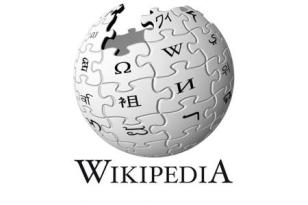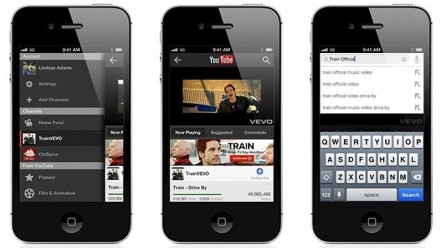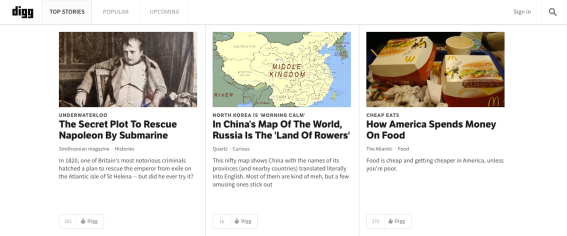This is Tim O’Reilly’s 8th and final web 2.0 pattern. “Lightweight models and cost effective scalability”, to put this in simpler terms, it refers to the concept that businesses don’t need large budgets or development teams to operate successfully, in other words “less is more”. Scalability refers to both business models and technology being able to handle rapid increases in customers while delivering products faster and cheaper.
It is important when using this strategy to have a legitimate business model and a real understanding of best practices. Some of these practices are, word of mouth can be the quickest and most effective way to grow, it is necessary to take risks and move on quickly from failure, have strategies in place early to allow for scalability as the business grows.
Some of the benefits you need to consider when using lightweight models are,
- It is much faster to market than businesses that want to “get big fast”
- Costs and time are reduced through faster Return Of Investment
- The risks of project and product failure can be reduced
- Greater adaptability with future growth
I will be discussing Wikipedia as an example of “Lightweight models and cost effective scalability”. Launched in 2001, Wikipedia is known for it’s open-based collaborative editing and endless encyclopedia. With only 23 current employees, they have over 26 million articles and 70,000 editors. Wikipedia allows editors the opportunity to add in what they want at any given time. Along with this, are many other features, to list a few:
- History – Editors can view this page that shows past changes made to the wiki
- Watchlist – Users can add their favourite Wikipedia articles to this list for feature reads.
- Talk – Editors can start discussions on the particular wiki page that they are formatting.
- Protection Policy – The different forms of protection that only administrators have control of. Visit “Protection Policy” for more information.
- Bot – A third-party tool that is commonly used to fix spelling errors and formatting issues.
Thanks for reading my last post of my web 2.0 blog. If you have any questions, please leave your comments below.









